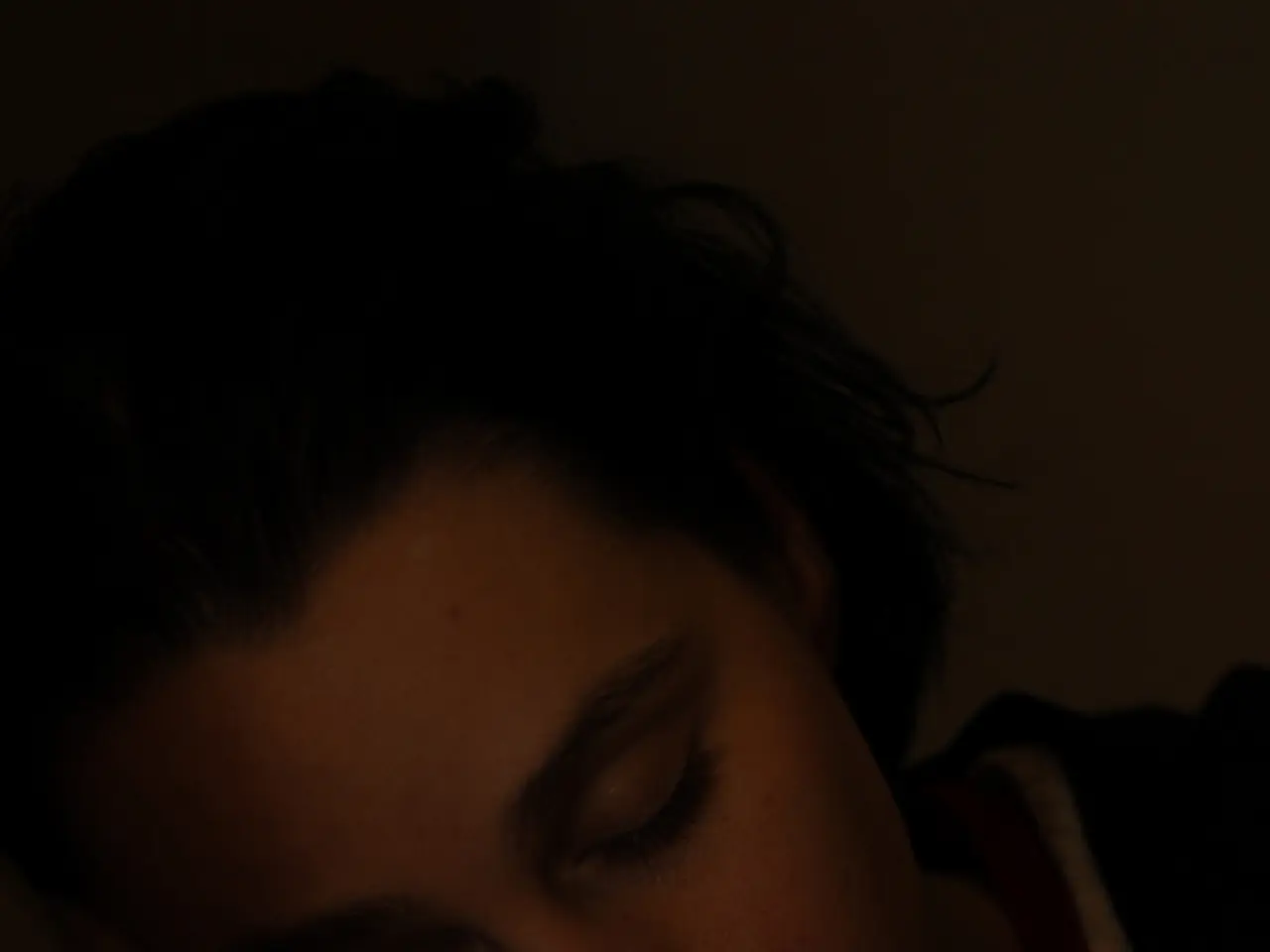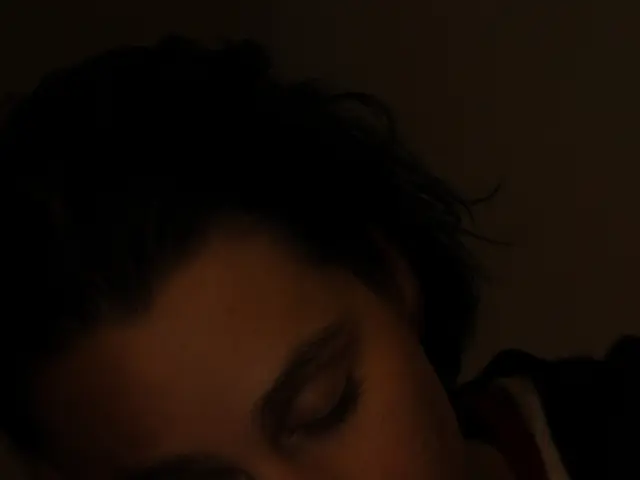Hitting the Snooze Button on Life: A Deep Dive into Idiopathic Hypersomnolence
What's the deal?
Sleeplessness: Symptoms, triggers, identification, and management
You know that feeling of dragging yourself out of bed, despite having clocked in a full 8 hours of sleep? Now imagine that sleep-deprived feeling persisting, even after a solid 11 hours of shut-eye. That's the reality for folks dealing with idiopathic hypersomnolence (IH), a rare sleep disorder that leaves you exhausted during the day, even with extended nighttime slumber.
Let's unravel the mystery behind IH and explore its causes, symptoms, and how it's tackled.
Where does it come from?
Though the exact cause of IH is unknown, it stemmed from undetectable dysfunctions in the brain's regulation of sleep and wakefulness. Unlike other sleep disorders, idiopathic hypersomnolence is distinctive due to the absence of apparent causes like narcolepsy or sleep apnea[1][2][4].
Signs and Symptoms
- Lethargy: Individuals with IH experience intense daytime sleepiness, even after extended snoozing[1][3].
- Drowsy Disorientation: Upon waking, people with IH may exhibit signs of sleep inertia, appearing confused, uncoordinated, or even combative[1][2][3].
- Lackluster Naps: Long and unrefreshing power naps fail to alleviate sleepiness[1][3].
- Brain Fog: Cognitive issues like memory and attention deficits, often characterized by a foggy brain, are common[2][3].
- Autonomic Snafu: Dizziness, cold extremities, and orthostatic disturbances are among the autonomic symptoms frequently linked to IH[1][3].
- Headaches and Depression: Headaches and depressive symptoms are also prevalent in IH sufferers[1][3].
- Narcolepsy Closely Related, Slightly Different: IH patients don't typically experience classic narcolepsy symptoms such as cataplexy, sleep paralysis, and REM dissociative symptoms, although up to one-third may display some REM abnormalities[2][3].
IH usually makes its debut in adolescence or early adulthood and can be chronic, negatively impacting social, professional, and overall life quality[1][3].
How do you know it's IH?
Diagnosis may call for overnight sleep testing and daytime napping assessments:
- Polysomnography (PSG) helps rule out other sleep disorders[3].
- Multiple Sleep Latency Test (MSLT) with mean sleep latency of ≤ 8 minutes and fewer than one REM dissociation periods differentiate IH from narcolepsy[3].
So, how do you treat it?
There's no silver bullet for IH, but assistance in alleviating sleepiness and boosting quality of life involves medications, behavioral strategies, and symptom-focused management:
- Drug-assisted Awake Time: Stimulants and wake-promoting agents like modafinil, amphetamines, and similar substances may minimize daytime sleepiness, although their effectiveness varies[4].
- Good Sleep Habits: Practicing good sleep hygiene and scheduled napping, even though napping in IH can be unrefreshing, may provide some relief[1].
- Symptom Care: Headaches, autonomic dysfunction, and depression need targeted attention[1][3].
- Safety First: It's essential to avoid high-alertness activities, like driving, during extreme sleepiness for safety[1].
Given IH's persistent and debilitating nature, ongoing clinical evaluation and supportive care are crucial for optimizing management[4].
- Although IH is distinct from other sleep disorders such as narcolepsy and sleep apnea, it originates from undetectable dysfunctions in the brain's sleep-wake regulation.
- A person with IH may exhibit symptoms like lethargy, drowsy disorientation, and cognitive issues even after getting an extended amount of sleep.
- In the scientific realm, both Polysomnography (PSG) and Multiple Sleep Latency Test (MSLT) can aid in diagnosing IH, with MSLT helping differentiate it from narcolepsy.
- To alleviate sleepiness and improve the quality of life, treatments for IH may include medications, good sleep habits, and symptom-focused management like headache, autonomic dysfunction, and depression care.
- Mental health is crucial for IH patients, as extreme sleepiness might necessitate avoiding high-alertness activities to ensure safety, and ongoing clinical evaluation and supportive care are key to optimizing management.








